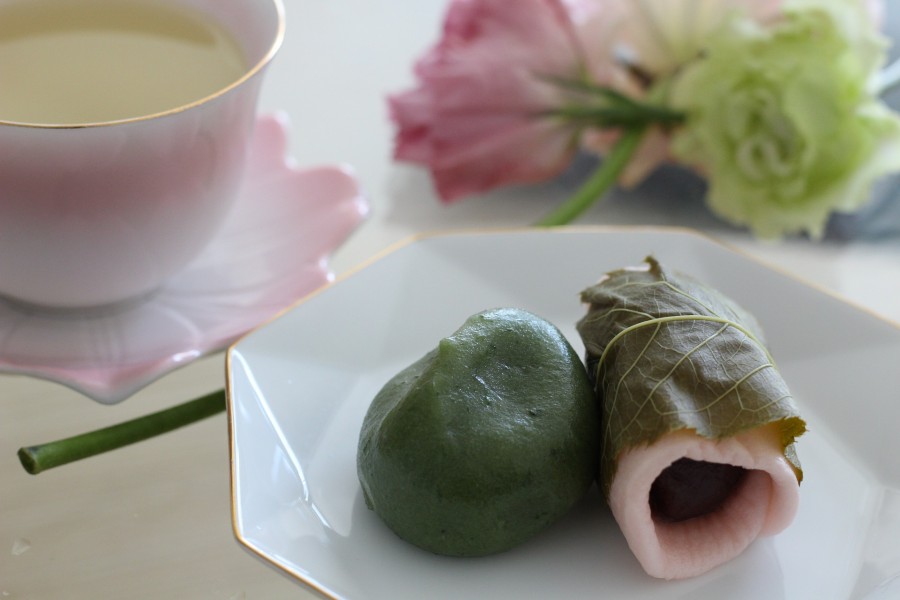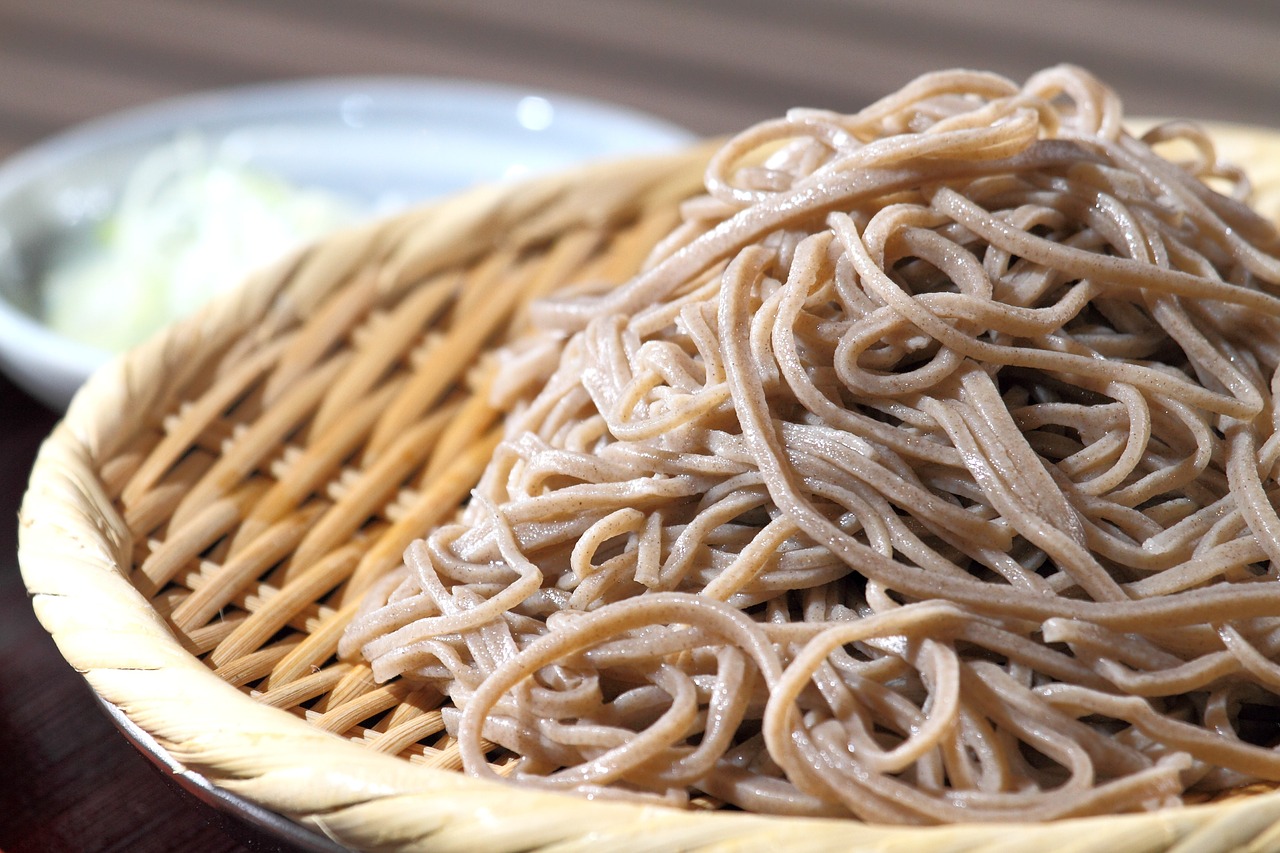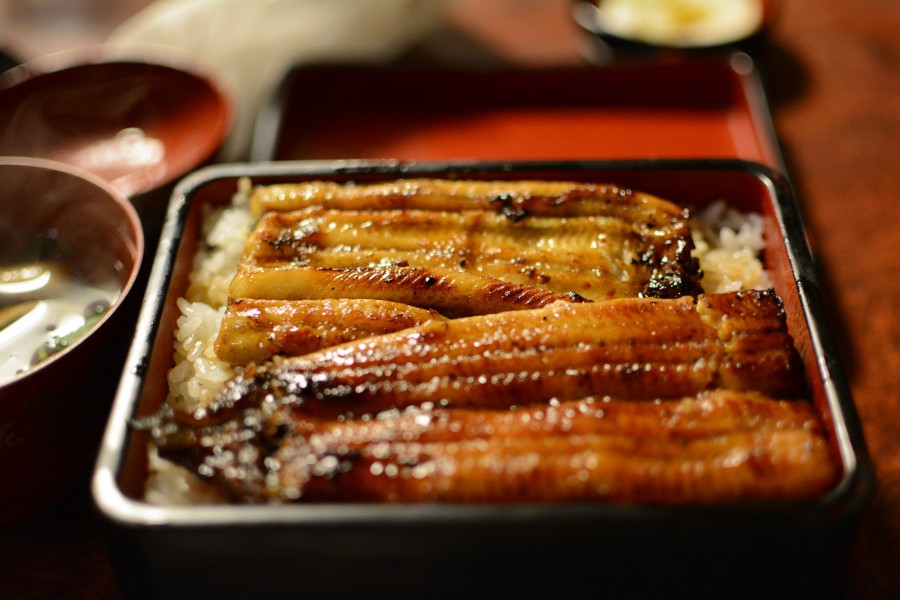The Japanese traditional confectionery, wagashi, is very delicately shaped and flavored with natural ingredients such as agar, strained azuki beans, and yomogi (mugwort) leaf. In Japan, seasonality plays an important part of their food culture, especially in regards to the ingredients, theme, color, and presentation. For Japanese culinary arts, all these should match the season. The Japanese dessert wagashi is the epitome of how Japanese celebrate season and life! Spring Wagashi | Summer Wagashi | Autumn Wagashi | Winter Wagashi Japanese Dessert (Wagashi) in Spring In spring, cherry blossoms bloom throughout the nation and people hold hanami, or cherry-blossom viewing parties. Spring also marks the beginning of the school year (in the Japanese system of education)and the time to make […]
Wagashi is the generic term for Japanese-style confections, which include not just sweets, but also savory snack foods like the soy-sauce-flavored arare or the recent hit, wasabi peas. However, when a Japanese person talks about wagashi it usually means doughy, sweet-flavored namagashi (moist confections) or han-namagashi (semi-moist confections). Take manju (sweet buns) for example: slow-cooked, sweet azuki bean paste is wrapped inside a soft bun that has designs crafted onto it. Wagashi has its own distinctive Japanese style and is irresistibly fascinating. Contents: Wagashi – Traditional Japanese Confectionery 5 Most General Wagashi You Can Find at Japanese Market Dango -Little rice balls on skewers Manju-The skin on the outside and the filling of azuki (red beans) Yokan -Azuki (red beans) […]
In Japan, amazake (hot sweet sake) is sometimes served during the New Year’s visit to a shrine or the Girls’ Festival in March. Contents: Sweet Hot Drink, Amazake How to cook Amazake? Recommended Amazake Products Sweet Hot Drink, Amazake Many of Japanese remember drinking a cup of hot amazake on a cold day around a bonfire, and feeling energy welling up inside us. Surprisingly, however, amazake is a seasonal word for summer. During the Edo era there were merchants who hawked amazake as a nutritional supplement during summer to people who were prone to exhaustion or lost their appetite due to the intense heat. Amazake contains 20% or more of glucose and is a rich source of the vitamins so […]
Contents: What are Soba Noodles? Types of Soba Nutritional Value Different Soba Styles How to eat Soba? How to cook Soba? What are Soba Noodles? Originally, soba was eaten in the form of sobagaki (a dumpling made of soba flour kneaded with boiling water). Until then, the majority of people had enjoyed eating udon noodles, and soba had been viewed as secondary when compared to udon. However, as soba restaurants emerged and spread across the city of Edo (now known as Tokyo), the situation was reversed and soba became more dominant. Back then soba was sold under the name Ni-hachi (two eight) soba. There are two theories about the origin of this name: one is that soba was made of […]
You will like unagi in your sushi rolls or perhaps as a part of your omakase course. Or, maybe you just like to eat white rice with eel sauce (if you haven’t, it’s a game changer, try it). No matter what form, or what you call it whether “unagi” or “eel”, it’s a fatty, meaty and delicious sushi and a much-loved staple of Japanese food enthusiasts around the world. So what is unagi, anyway? It seems like it should be seafood, because it is often listed on the sushi menu, but is it something you can catch on your next fishing trip? Is there other ways to eat unagi? Let’s find out more about this popular food! Contents: What is […]




